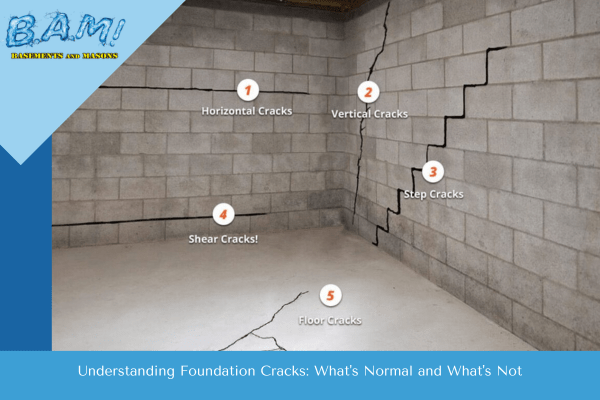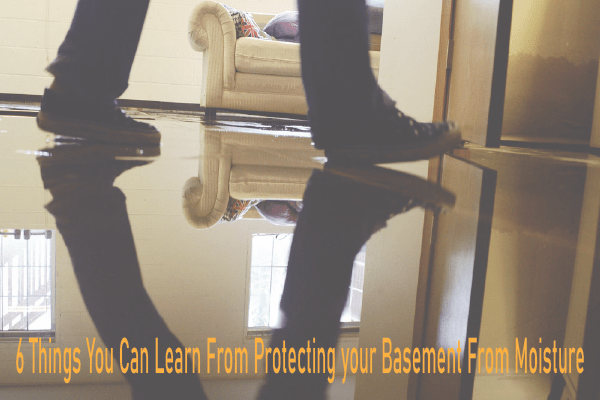7 Simple Techniques For Best Basement Waterproofing
7 Simple Techniques For Best Basement Waterproofing
Blog Article
Things about Best Basement Waterproofing
Table of ContentsThe smart Trick of Best Basement Waterproofing That Nobody is DiscussingBest Basement Waterproofing Things To Know Before You Get This10 Simple Techniques For Best Basement WaterproofingBest Basement Waterproofing Can Be Fun For AnyoneBest Basement Waterproofing - Questions
usages excavation techniques towards all-time low of the framework's structure. entails getting rid of moisture after it has entered the basement. AdvantaClean's qualified experts and technicians will find the water source. If wall surface or piece cracks are present, we will certainly inject polyurethane and epoxies into the fractures and secure the compromise, preventing additional wetness from getting in.Mounting cellar ventilation systems, conditioning systems, or cellar dehumidifier systems to obtain water out of your basement. Choosing AdvantaClean's basement waterproofing solutions is an efficient way to deal with dampness and protect against mold from compromising the structure of your home and the health and wellness of your family.
If there's condensation outside of the aluminum foil, you have high humidity in your cellar. Repair it with a mobile room dehumidifier or a whole-house humidifier system rather than waterproofing items. If the aluminum foil has condensation on the within surface (alongside the wall), the soil around your house may be normally damp from a high water table or poor dirt drain.
You can waterproof just your interior wall surfaces, which may resolve the problem. Once they dry out, they stick completely to concrete and stonework wall surfaces.
Our Best Basement Waterproofing PDFs
Swirl the brush at the last phase of application to offer the wall surface an eye-catching, completed appearance. Concrete water-proof layers can't be used to formerly painted surface areas; examine the tag. A 5-gallon bucket expenses concerning $60. Known as densifiers, they are ideal just for wall surfaces that have not been repainted or secured.
But you clean, roll, or spray it on far more heavily one gallon covers just 75 square feet, not the 300 square feet common with standard paint. Water resistant paint is great for DIY application. You can use it over painted surface areas, and paint over it once it's healed (one gallon expenses $37).
It can set you back $10,000 to $15,000, depending upon the work needed. Outside waterproofing involves digging deep into all over your house to the full deepness of the foundation walls, then mounting a water-proof finishing or membrane layer covered by water drainage panels. The panels give a very easy course for water to flow down to an outside French drain at the base of your foundation.
Not known Factual Statements About Best Basement Waterproofing
A cellar without waterproofing is kind of like that. Your basement doesn't desire to go with a downpour without proper protection simply as much as you do not desire to.

Exterior waterproofing is a waterproofing method that involves securing your home from the outside. It's type of like a moat around a castle. It includes excavating a trench around your whole house to the foundation (about 8 to 10 feet down). The structure wall surfaces are after that cleaned, secured, and covered with a water resistant membrane layer or sealant.

The Of Best Basement Waterproofing
It's an extra engaged process that needs excavating up your yard, which is costly and click resources taxing. Outside waterproofing entails getting rid of whatever bordering your home, including verandas, driveways, pathways, landscaping, AC units, decks, and more. If any of the job was done incorrectly and water is still entering your cellar, there isn't much you can do to remedy or fix it.
Interior cellar waterproofing includes waterproofing from the inside. Any water that leakages right into your basement is rerouted before it touches your flooring.
It's an effective approach to waterproof your cellar. The disadvantage of indoor basement waterproofing mostly involves the setup process. This method needs stored products, furnishings, and integrated shelving or cabinets to view it now be moved from touching the cellar wall surfaces. And during installation, your basement can't be utilized. The most significant difference between both techniques is this: Exterior waterproofing is a preventative service and interior waterproofing is a restorative remedy.
The Only Guide for Best Basement Waterproofing
To conclude, exterior and interior basement waterproofing are both effective techniques of protecting your home from water damages. Exterior waterproofing creates a barrier that protects against water from entering your home, while interior waterproofing reroutes water that does enter your home. And it is necessary to keep in mind that outside waterproofing is an expensive and turbulent installation procedure when compared to indoor waterproofing.
Whichever technique you choose, make certain you choose a reliable and trustworthy service provider for the job. Both methods require skilled employees to handle the task. If you have any kind of concerns concerning cellar waterproofing, please connect to us. And if you remain in our solution location and have water in your basement, call us for a complimentary, no-obligation home evaluation.
You can fill out our kind below. Best Basement Waterproofing, begin a conversation in the bottom right-hand corner, or call us at 1-800-827-0702
Report this page